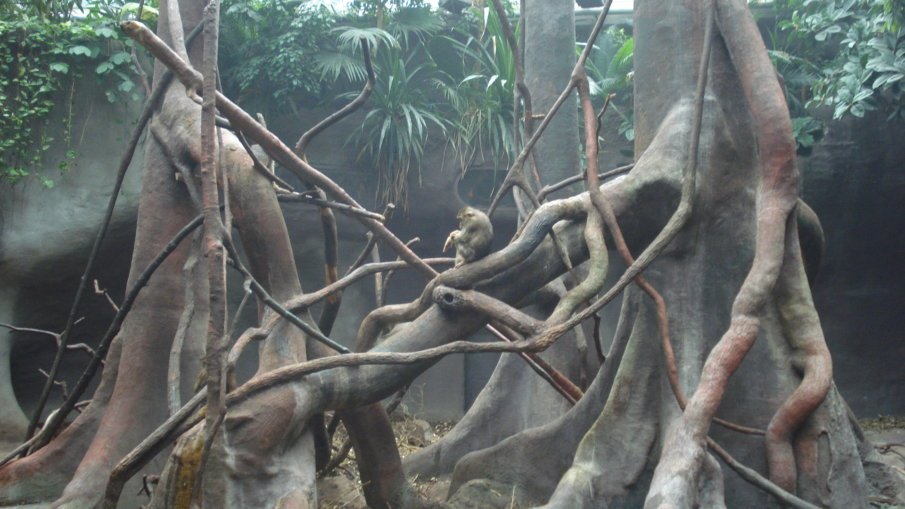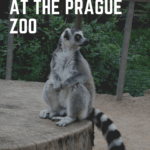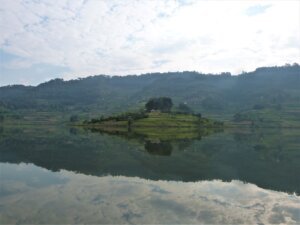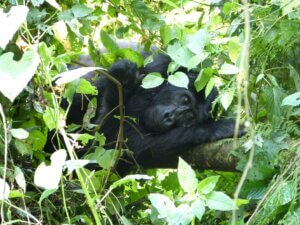“If we can teach people about wildlife, they will be touched. Share my wildlife with me. Because humans want to save the things they love.” – Steve Irwin
When you think of Prague (or Praha) the last thing that comes to mind is a zoo. But Prague has the 5th best zoo in the world and does so much for conservation.
This zoo is like no other I have ever seen, and I spent 3 weeks during vet school at the 2nd ranked San Diego Zoo. The creators have taken great care to create exhibits that closely mimics the animal’s natural habitat.
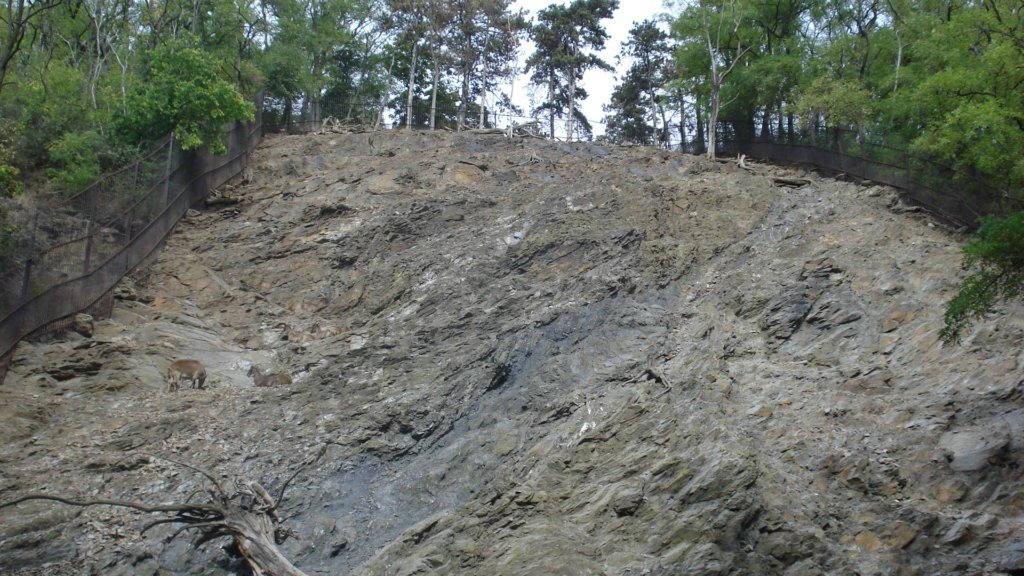
I know that sometimes zoos get a bad rap but hear me out. Would you have grown to care about these animals if you had never seen them first at a zoo? If they all remained in the wild and you never knew they existed, how could you want to protect them?
Many zoos, especially these top ranked zoos, do a lot of conservation work outside of the zoo. Travelling to other countries to study endangered and threatened species in an effort to save these precious creatures.
I visited the Prague Zoo in 2009 and was blown away by its beauty and uniqueness. With the ability to enter the lemur exhibit and sit among the lemurs as they jump around, I have been to no other zoo that allows that.
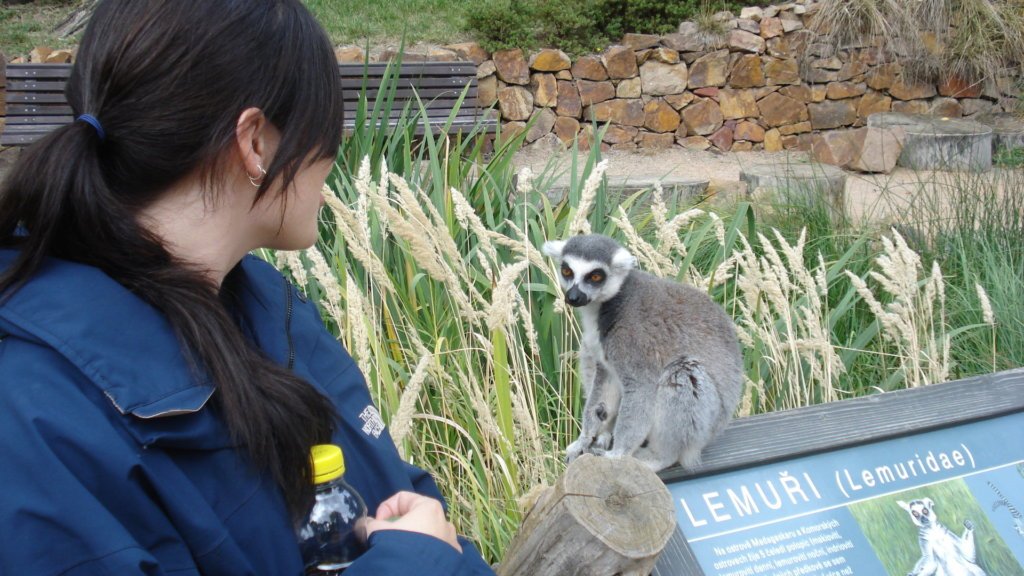
This is, of course, not without its dangers. I mean you are not allowed to chase or touch them, for risk of injury. They are still wild animals. But it allows you to get up close and personal with these playful and yet secretive creatures.
The other part that really threw me was the bat cave, where the bats are able to fly free in the building. I’m not going to lie the first thing that came to my mind was rabies. But the bats kept to themselves above our heads, no diving or getting caught up in our hair.
The numbers
The zoo itself is 58 hectares with 50 hectares for their 150 exhibits. With a total of just over 5,000 animals, making up 676 species, 563 of these are endangered and, on the IUCN, Red List. In 2018, the zoo successfully had 1,340 young.
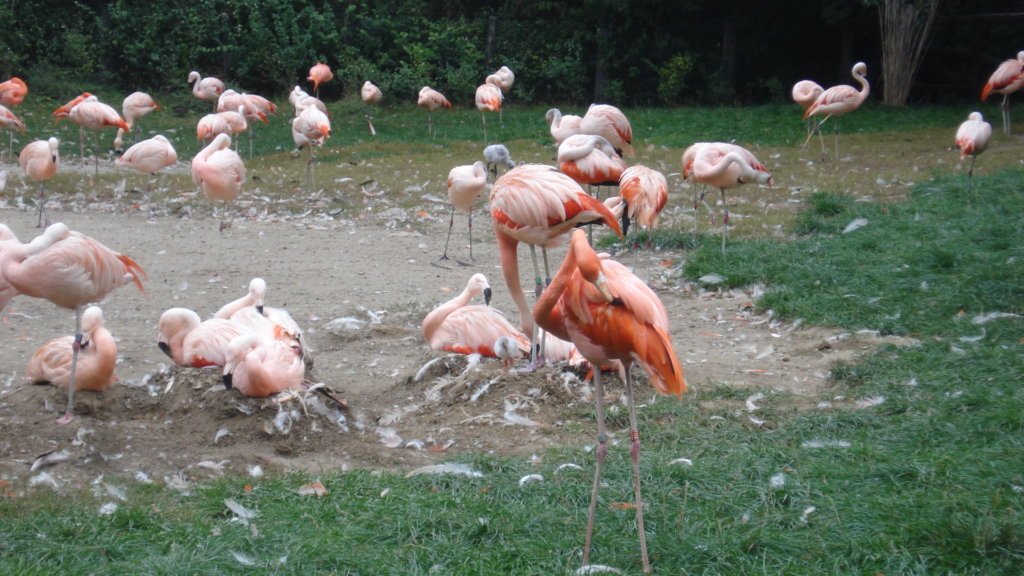
Conservation efforts at the Prague Zoo
The zoo is involved in several conservation projects around the world. These are just a few.
The Return of Przewalski’s horses to Mongolia
The Przewalski’s horse is the last surviving subspecies of wild horse, different from the Sable Island ponies or the wild horses in Texas. They were first described by Russian explorer N.M. Przewalski in the late 19th century. At one time these horses roamed the Mongolian-China border.
Driven to extinction in the wild in the 1970’s, these horses have not been found in the wild for many years, until recently. Having been kept and bred in captivity, conservation groups are now working to reintroduce these species back into their native range. One of these groups is the Prague Zoo.
In 1959, the Prague Zoo was charged with the international studbook for this species and since has bred over 200 foals. The zoo joined the reintroduction efforts in 1998 and 2000, where they provided 4 horses for reintroduction.
After this time the transports, by multiple groups, seemed to drop off and it seemed like the species was going to recover. But it was noted that surveillance and providing additional food was not going to be enough. They needed more genetic diversity.
So, the Prague Zoo took it upon themselves to organize the transports themselves, becoming the first zoological garden to do this.
Palm Oil
Zoos aren’t ignorant to the issues surrounding the use of palm oil and its destruction of Orangutan habitat. Zoos have begun uniting to work towards a solution. One that encourages sustainable palm oil farming and conservation combined.
It’s a complicated issue because it supplies economic stability and jobs to economies but the constant expansion is resulting in severe deforestation.
In 2014, the Prague Zoo created a special palm plantation exhibit to educate people on the issue. Encouraging people to take action by purchasing products that do not contain palm oil and making them aware of the severe deforestation that is occurring in Indonesia.
Egyptian Vulture Conservation
In recent news poachers were found to have laced a dead elephant with poison killing 530 endangered vultures in Botswana. You may not think that’s significant but not only were most of the species on the critically endangered list, it was during breeding season, and therefore many hatchlings no longer have a parent.
Vultures are well known as nature’s clean-up crew. Eating the carcasses of dead animals, they are at significant risk for these animal poisonings, which has had the biggest impact on their populations.
The Egyptian vulture is one of the smallest vulture species in Europe, with the largest population in Spain. The number of breeding pairs has decreased by 50% in just the past couple years.
In the past 10 years the Prague Zoo has bred more chicks than anyone else in Europe. They work to release and re-establish these species in the home range to support the dying species.
How can you help
The Zoo has multiple ways in which you can help support these programs. Some of the money spent on products you buy at the zoo go directly towards these conservation funds. You can also adopt an animal, similar to the World Wildlife Foundation (WWF).
Other ways, of course, are through direct donation and just visiting this beautiful zoo. You can be involved in the resurgence of some of these critically endangered species. I am not an affiliate for this zoo and they are not paying me for this post. But as a veterinarian and scientist, these programs are some I can support and get behind.
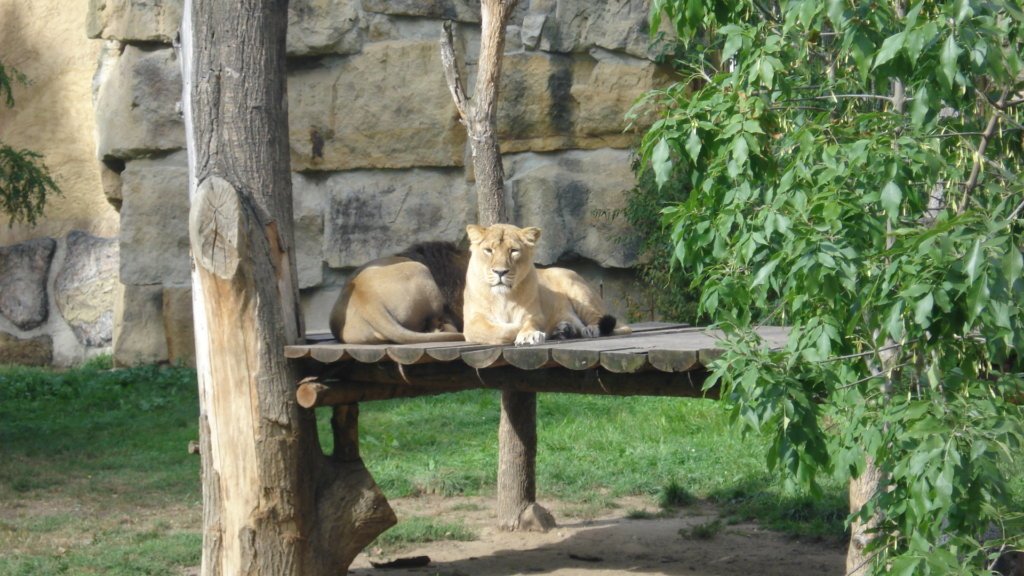
So, how will you make an impact? Tell me about your zoological experiences. I recognize that not all zoos are created equal, but if you do your research it’s easy to support the work of these highly acclaimed zoos. There is a reason they are some of the top in the world.
For more information on how you can help visit the Prague Zoo site.
